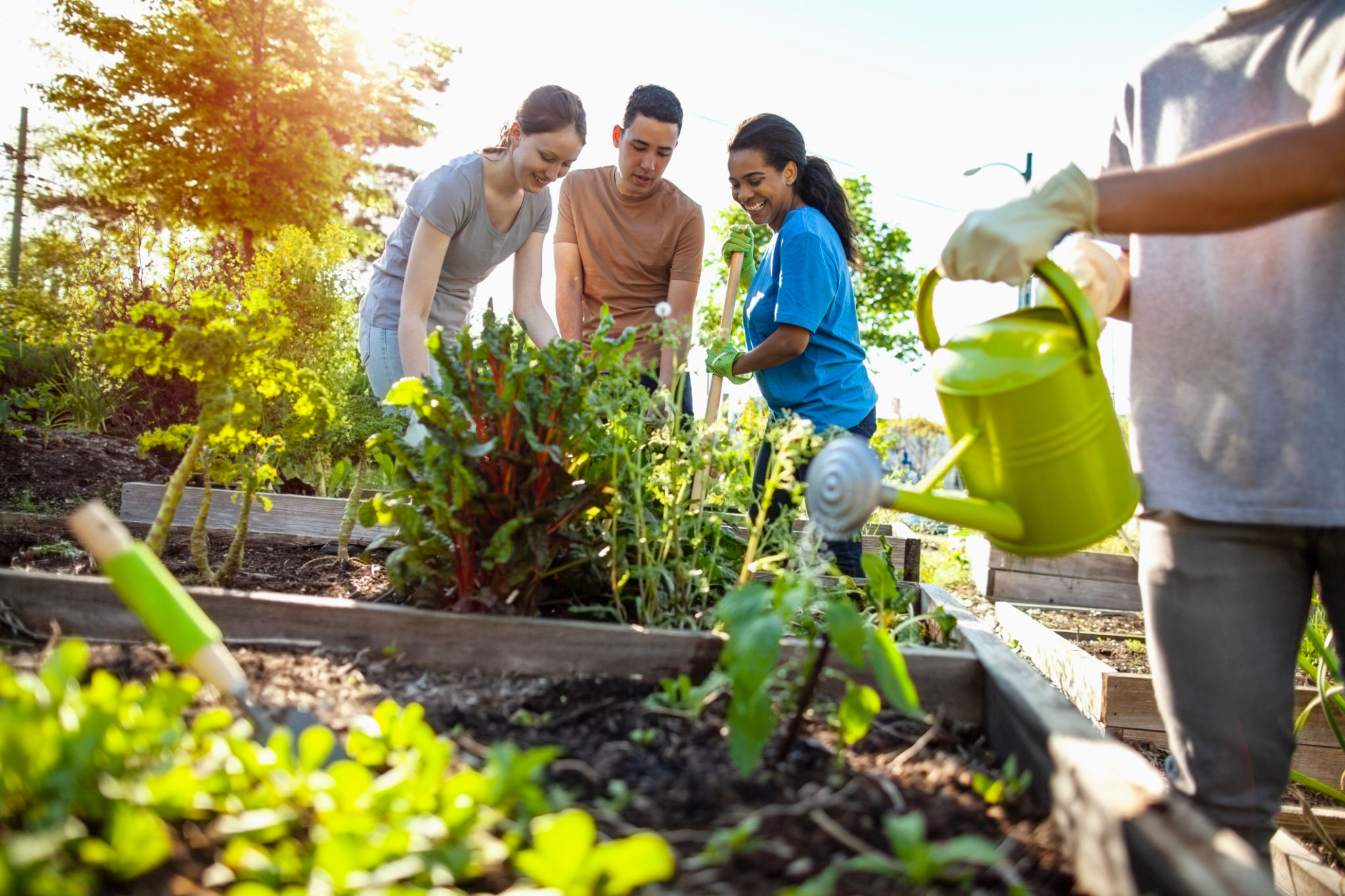Sustainable Landscape Solutions in Jefferson County: Designing Eco-Friendly Outdoor Spaces
MP
Understanding Sustainable Landscaping
As environmental concerns continue to rise, sustainable landscaping has become a crucial aspect of outdoor design, especially in areas like Jefferson County. Sustainable landscaping involves creating outdoor spaces that are both beautiful and eco-friendly, minimizing negative impacts on the environment. This approach not only helps preserve natural resources but also enhances the ecological balance.

Principles of Eco-Friendly Landscaping
Eco-friendly landscaping is guided by several key principles, including the conservation of water, reduction of chemical use, and the promotion of biodiversity. By incorporating native plants, gardeners can significantly reduce water use and maintenance needs. Native plants are adapted to the local climate and soil conditions, making them an excellent choice for sustainable landscaping.
Water Conservation Techniques
Water conservation is a cornerstone of sustainable landscaping. Implementing techniques such as drip irrigation and rainwater harvesting can greatly reduce water usage. Drip irrigation delivers water directly to plant roots, minimizing evaporation and runoff. Rain barrels can collect rainwater from roofs to be used during drier seasons, making them a practical solution for water conservation.

Soil Health and Composting
Healthy soil is fundamental to any successful garden. Sustainable landscaping promotes soil health through natural means such as composting. Composting involves recycling organic waste into nutrient-rich soil amendments, reducing the need for chemical fertilizers. This practice not only enriches the soil but also helps in waste reduction.
Minimizing Chemical Usage
Reducing the use of chemicals in landscaping is essential for protecting local ecosystems. Using organic fertilizers and natural pest control methods can maintain plant health without harming beneficial insects or polluting water sources. Encouraging natural predators like ladybugs and birds helps manage pest populations effectively.

Designing for Biodiversity
Sustainable landscapes thrive on biodiversity. Incorporating a variety of plants creates habitats for different species, supporting local wildlife. Designing gardens with layers—such as groundcover, shrubs, and trees—provides shelter and food for birds and insects, contributing to a balanced ecosystem.
Creating Functional Outdoor Spaces
In addition to environmental benefits, sustainable landscapes can offer functional outdoor spaces for relaxation and recreation. Thoughtful design can include features like permeable paths, which allow rainwater to seep into the ground, reducing runoff and erosion. Seating areas made from recycled materials provide eco-friendly gathering spots.
Community Engagement and Education
Engaging the community in sustainable landscaping efforts can amplify their impact. Workshops and educational programs can raise awareness about the benefits of eco-friendly practices. Community gardens are excellent platforms for learning and collaboration, fostering a sense of environmental stewardship among residents.

By adopting sustainable landscape solutions in Jefferson County, residents can contribute to a healthier environment while enjoying beautiful, functional outdoor spaces. As awareness grows, these practices are likely to become the standard in landscape design, setting a positive precedent for future generations.
